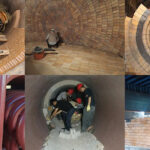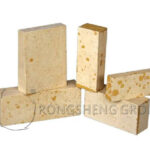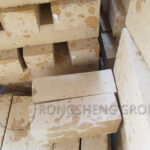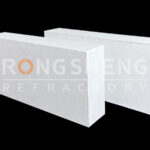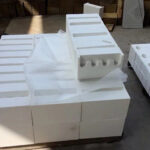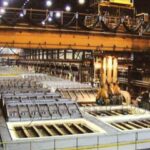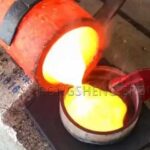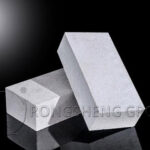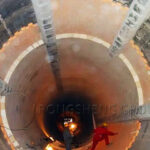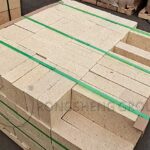Regarding the crucible, we already know that it is a container. Depending on the use environment, there are crucible products made of various materials. In this article, we will learn about clay crucibles, clay graphite crucibles, and high-purity graphite crucibles. As the saying goes, only by knowing yourself and the enemy can you better leverage your strengths and set an unshakable banner for your products.

Clay Crucible
Clay crucible is a sintered refractory material made of clay. Mainly used in high-temperature kilns in smelting, chemical industry, building materials and other industries. price of Fire Clay Crucibles. It has good thermal stability, wear resistance and corrosion resistance, and can withstand high temperature and high pressure environments. The main raw material of clay crucible is clay, which is made through mixing, shaping, drying, sintering and other processes. When using clay crucibles, attention should be paid to its thermal expansion and thermal shock, and sudden cooling or heating should be avoided. At the same time, contact with acidic or alkaline substances should be avoided. When maintaining and maintaining clay crucibles, the wear and tear on its surface should be checked regularly and repaired and replaced in a timely manner.
Clay Graphite Crucible
Clay graphite crucible, an efficient and environmentally friendly material solution. Clay graphite crucibles, a material made from a mixture of clay and graphite, are changing the way we handle high-temperature molten materials. Such crucibles are becoming increasingly popular among materials scientists and engineers due to their excellent high-temperature performance, chemical stability and environmentally friendly properties.
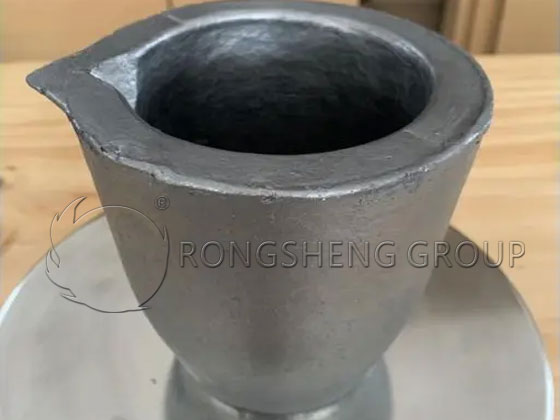
Manufacturing and Characteristics of Clay Graphite Crucible
Clay graphite crucible is mainly made of a mixture of clay and graphite. During the manufacturing process, clay provides good heat resistance while graphite provides good thermal conductivity. The combination of the two allows the crucible to remain stable at extremely high temperatures and effectively prevent leakage of molten material.
This crucible has many excellent properties. First of all, it has excellent high-temperature performance and can withstand high temperatures up to 1600°C. Secondly, its chemical stability is superior and it can resist the corrosion of most acidic or alkaline molten materials. In addition, due to the thermal conductivity of graphite, clay graphite crucibles can effectively spread and maintain the temperature of the molten material.
Clay graphite crucible, a remarkable metal smelting tool. Also known as a copper melting ladle, it can be used for melting copper, etc. Clay graphite crucible is a crucible made of graphite, clay, silica and wax stone as raw materials. This kind of crucible is mainly used for smelting non-ferrous metals such as copper, brass, gold, silver, zinc and lead and their alloys. In the metal smelting world, clay graphite crucibles are highly regarded for their excellent performance and durability.
The Difference between High Purity Graphite Crucible and Clay Graphite Crucible
Graphite crucible has excellent heat resistance and heat transfer properties. It has certain acid and alkali resistance, corrosion resistance, and relatively stable properties at high temperatures. It is a new type of high-purity carbon material, generally used in the metallurgical industry and chemical plants.
- Color
The color of the clay crucible is dark red, the surface is not smooth, and it has no metallic texture. High-purity graphite crucible has a metallic texture and is gray-black.
- Technology
Clay graphite crucible is a plastic molding using clay as a binder and fired with coal. It pollutes a lot, has low efficiency, takes a long time, has a composition of around 30%, and has no graphitization. High-purity graphite crucible is sintered with clean energy natural gas, without pollution problems. The cycle is short and the ingredients can be more than 99%.
- Operation Method
High purity graphite crucible can be used in high-temperature electric furnaces. However, clay graphite crucibles are generally exposed to the air at room temperature and are usually heated with a carbon fire.
Overall, the clay graphite crucible is an excellent metal smelting tool. Its excellent performance and durability make it widely used in the field of metal smelting. However, although clay graphite crucibles have many advantages, correct operation and maintenance methods must also be paid attention to during use to ensure their service life and performance.

